A consultant
surgeon wrote to the
Minister of
Health:
"Having seen Mr. Lyon's work with handicapped Children, and grown-ups, in his music club,I am convinced that this is of tremendous value to the patients concerned and rehabilitation apart from anything else, a great assistant to their general treatment."
I am gradually building my website putting on it everything I have done: for fear that my work will ne destroyed when I am gone! Part 1 is the Book and part 2 is the novel
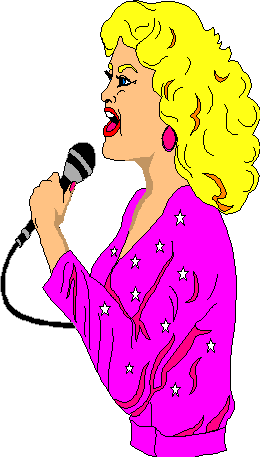
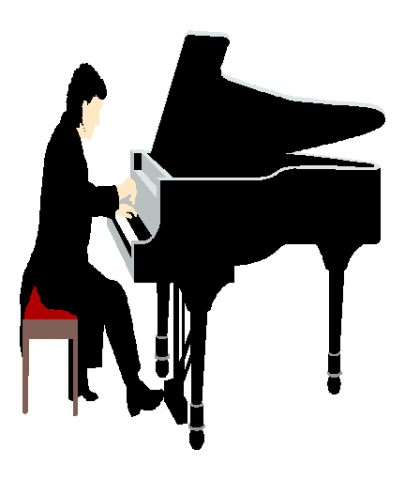
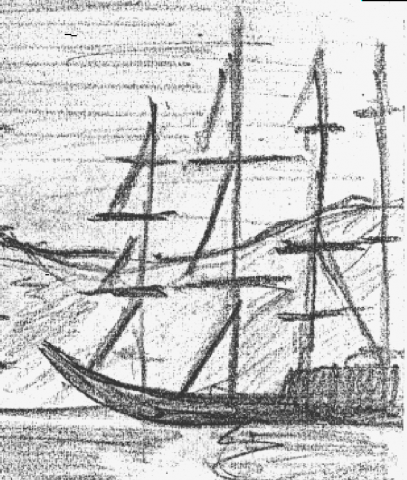

EMAIL ME AT: j.swann1144btinternet.com
Janet's Comments
Before I continue with the story of Herbert Lyon's Music clubs and inventions, I think it would be an idea to have a break and talk about the reason that I could not continue in the vane that I had been doing in Wingfield.
I have spoken about my desire to be a missionary and also fulfil Bert's wish that us girl's should get married and have children! I think that this was to prove that physical disabilities, such as cerebral palsy, are not hereditary. He also stressed that we should work, have a faith, and do all the normal things that the able-bodied take for granted. He stressed, like my faith did, that marriage should come first before having children, even though he could not have any himself and it was due to his wife lily! He was a most unselfish man.
Barbara Cook took my place as General Secretary to Wingfield when I moved to Woodford. She had already proven to be an able transport secretary, organising all lifts, to and fro, for the concerts and club rehearsals.
By now, there were several clubs. in existence. Including one in Colchester which became the Colne Endeavour Music club Wind Band for the disabled and able-bodied which is still in existence. at the time of my writing this in February 2004. My parents are no longer with us. I am fighting the sadness and grief that follows the losing such a wonderful supportive mum and dad, and am trying to be a matriarch to my disabled brother, Stephen Cattier, and lovely daughter, Rachael. I am also no longer being supported by Scope social worker, who got me the computer, owing to rearrangement in the Scope East England team. I did have a lot of correspondence with the then Spastics Society (now renamed Scope) when I was a young girl deciding what senior school I was to attend!
First, I will display the newspaper cuttings of the Singer Dressmaking competition, in which Bert and Lily entered us girls, and my school prize giving picture for the Gascoigne award. Bert and Lily were obviously preparing us to become desirable wives! So, along with the fine instruction and advice given by my faith in the Kingdom Hall talks and Ministry School, I thought that I was very equipped for the life changing job of being a good wife and mother. In fact, I used to give platform talks, with another "sister, myself. This improved my speech greatly, and pleased Bert.
|
5 |
|
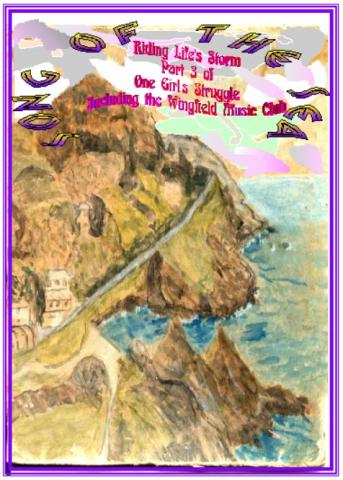
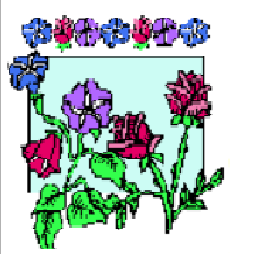
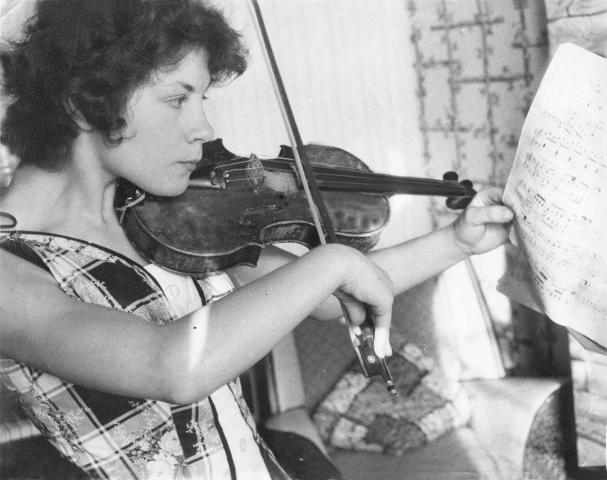
Walthamsow Guardian picture of Janet Cattier. photographer, Robin Radley

'Uncle' Bert saw me completing a Vogue pattern tailored suit on one of his visits to 25 Richmond Road when I was nearly 19 in 1963. I had bought the material in the West End of London, where I had trained that year as a Sumlock Comptometer operator, and decided to make my first attempt at a Vogue pattern garment; I was working in Colgate and Palmolive in the accounts Department at their Oxford street head office. "Finish that and put it in the Singer's competition ". Uncle Bert told me, obviously impressed with my handiwork. I was also writing a sting quartet, which he told me to finish. I had already written a Sextet (For string quartet, oboe and clarinet). I will say more about this further on in my story. At this present time I had to finish my suit!
The Vogue pattern had many pieces to it. In fact, it was like sewing a jigsaw puzzle. I followed the various steps throughout the instructions from cutting out the material to the completed garments finishing touches. I bought expensive black buttons for the jacket. The dress was also in many sections and was fully lined. The jacket had a mandarin styled collar. The material that I used was of a woven mottled black and grey wool type; it was ideal material, as it did not show any flaws in my stitching!
I bought a red pillar-box hat. I also wore long black silk gloves and black shoes; I carried a matching black handbag. I was like my father's mother, Nanny, for my hats, shoes, gloves and handbags!
I not only won the first prize in the tailored section of the singer's competition, but was awarded the overall prize. Singer's told the audience that I had done the work of an A level student. This pleased me, as I did not like entering exams because of my disability!
Other Wingfield members achieved commendations in the same competition. We were photographed and a story put in a daily newspaper (I think it was the Daily Express). I no longer have that news paper cutting. It showed me, Brenda Banfield, and Diane Haverly who was a "blue baby" (blue blood at birth) in our competition two piece suits. Brenda, with only one arm like Gina, made a blue synthetic material two piece suit.
The next year I made a Vogue fully inter-lined and lined A line style coat of brown buccal (mottled) material. I was very tired, and as it again had many pieces in the pattern, I had to rush the gold coloured lining. I received a very high recommendation for this piece of work! That same year I moved to 69 Uplands Road Woodford Bridge, and did voluntary missionary work, so did not have much time for future competitions. I still did a lot of dressmaking in order to support myself, and tried to set up my own sewing business under the name of Reittac. I also taught the piano and had four young pupils whom I entered for exams on the piano. More will be said about this later.

I reiterate that Wingfield members were entered for the Singer's Borough sewing competition. This included all clubs and schools. No one could have been more surprised than me when I became the overall winner. 1 had entered a dress and jacket - made from a Vogue designer pattern, which had many pieces to stitch together. Brenda and some of the other club members also entered. During the summing up, Singer's told me that the standard I had achieved was the equivalent to an A level GCE.
I had wanted to enter the GCE needlework exam at George Gascoigne School, but my dress-making teacher refused to teach me. Ironically, a few years later, Miss Grange was sitting in the front row with my maths mistress, Miss Gill, as I walked down the cat-walk, modelling my winning garment! In my third year at the school, I had made a shirt style dress under her instruction. She was impressed and had promised to enter that dress in the 1969 Singer's competition, but did not fulfil that promise. So, when I started work I vowed to buy the hardest pattern that I could find and purchase the best material my earnings could buy! This was in a tailor's material shop situated in one of the side streets in the West End. I still have a green suit made from a Vogue designer pattern hanging in my wardrobe; the material I had bought from that shop! I always inter-lined my suits with tailor's horsehair as recommended in the Vogue sewing book.
I learnt many tips from my court dressmaker "second mum" auntie Vi, my dad's sister, and went on to make coats, dresses, and other tailored suits from Vogue designer patterns. In fact, due to my aunt, I made nearly all my own clothes including knitted garments, plus embroidered table cloths, cushions covers, and chair backs. Violet had learnt her trade in the West End. Queen Mary, wife of George V, used to have her corsets made in the same court dressmakers, a floor below the department where my aunt worked. My aunt told me that Queen Mary used to talk to the girls, while she was being fitted, expressing concern about her son Albert, the then Prince of Wales. She was acting like any ordinary mother concerned for her son!
My father's brother's wife was Aunt Eva - Eva Braun was her maiden name and in the place where she worked the girls used to welcome her most mornings with "Where's Hitler Eva?"! - My mother's brother was christened Lord (he renamed himself George !). His wife Aunt Ethel and Aunt Eva who were machinists, and later became supervisors, also gave me quick tips in the sewing business. My mother often helped with the finishing of my garments, especially when I was starting up a sewing business in Woodford Bridge in order to earn my keep while doing full time voluntary Bible teaching work from door to door. I was hoping that God and his son, reigning King Jesus Christ, were pleased at this! I also had four piano pupils, Children from the Kingdom hall!
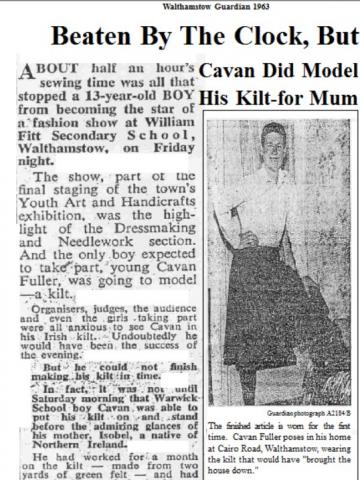
only the hem and the buckes to put in place.
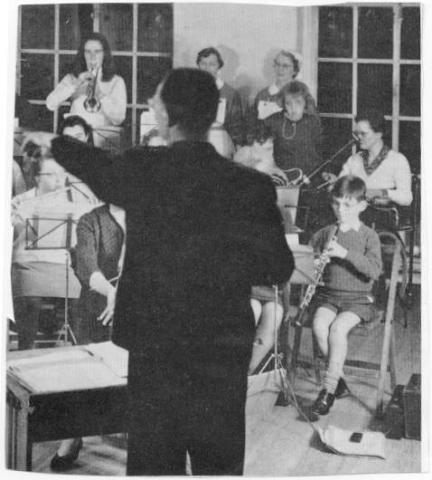
To the far left is Sandra Nevil. She went to Hale End Rd. Open-Air school, Walthamstow; the same school as me. Mrs. Bedford, our school bus and dinner lady, used to 'bully' both of us. Evelyn Gluke, our clarinet teacher and Grand daughter of Burton the Tailor, is sitting behind Sandra. Evelyn was an heiress and helped the club with the purchasing of music and instruments. In the back row is George (our trumpet teacher) and the two loyal St John's Ambulance nurses Sadie, left, and Mrs. Wright who often played the piano for us. In front of Mrs. Wright is Pat Manning who went to the deaf school, situated at the back of Hale End. Barbara Cooke is sitting next to Pat. Brittle bone boy, oboist Tony Baker, is far right; he went to the Royal School of Music and often played oboe concertos with us. That must either be me or Lily playing the cello in front of Bert; I believe that I was learning the cello at this time with a friend of Prince Charles' teacher. Mrs. Foti was Polish and was an excellent cello teacher, living in St. John's Wood, London.
This was a rehearsal at Hale End Road School, using the school's hall in the basement of the mansion (Big House) type house situated in the school grounds